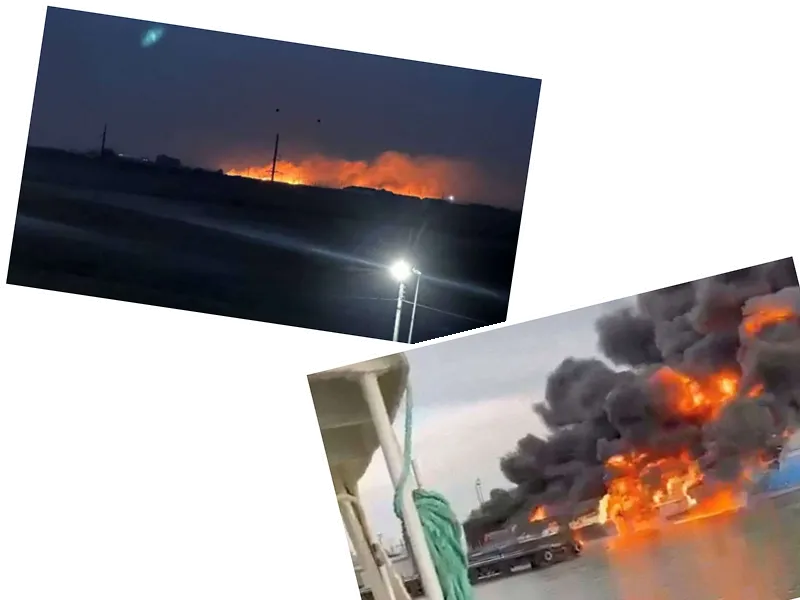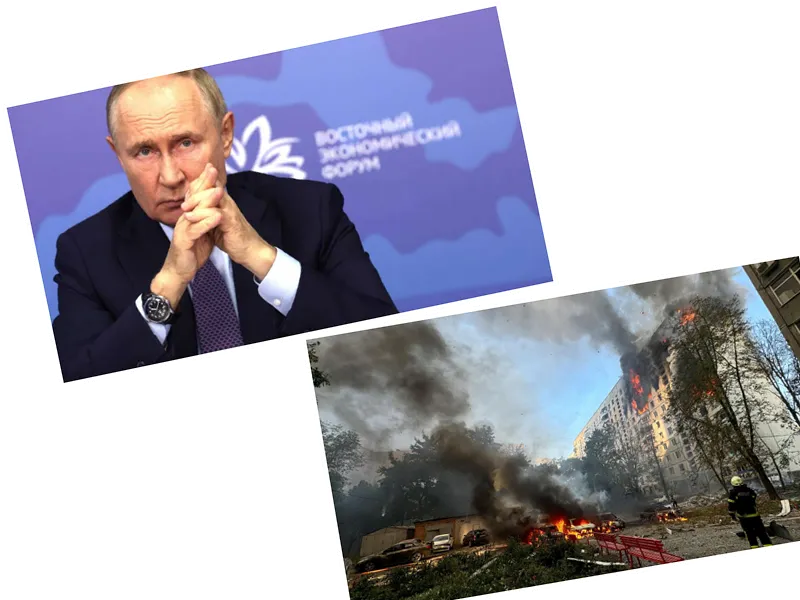Once again, Ukraine has demonstrated its military prowess with a series of drone strikes that have significantly impacted Russian air capabilities. The recent attacks on military airfields in Russia, particularly the Savasleyka and Marinovka bases, have resulted in the destruction of key aircraft, including a MiG-31 fighter jet and multiple Il-76 cargo planes. These operations highlight Ukraine's growing production capabilities and strategic planning since the onset of the conflict.
In the last few weeks alone, Ukraine has conducted nearly 2,000 attacks within Russian territory, showcasing an unprecedented level of military engagement. This includes strikes on military targets and logistical hubs, such as a recent missile attack on a ferry at the Kavkaz port, which is vital for fuel transport to Crimea. The increased frequency of these strikes indicates a shift in the dynamics of the war, with Ukraine taking the initiative deep into Russian territory.
Moreover, the attacks have not only targeted military assets but have also caused significant collateral damage to Russian infrastructure, including oil refineries and storage facilities. The inability of Russian emergency services to control fires at these sites further underscores the challenges faced by Moscow in managing the fallout from these strikes. As the conflict continues, the implications of these operations could reshape the strategic landscape in Eastern Europe.
Military analysts suggest that Ukraine's focus on crippling the Russian Air Force is critical for both offensive and defensive operations. With the ongoing attacks, it becomes increasingly clear that Ukraine is committed to weakening Russia's military capabilities, thereby altering the course of the conflict.






